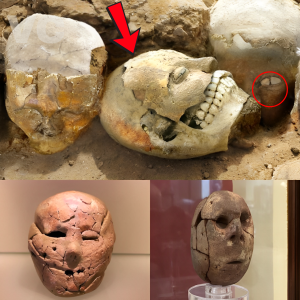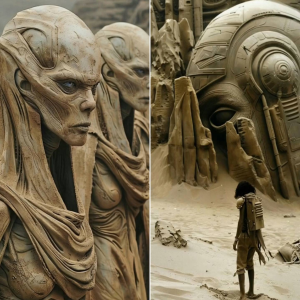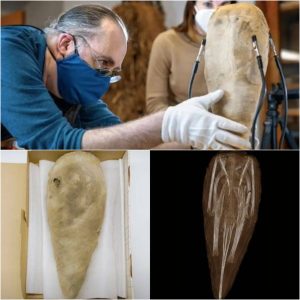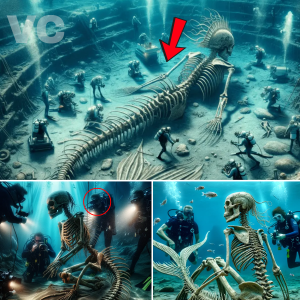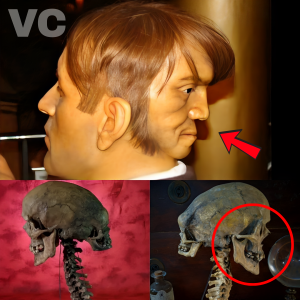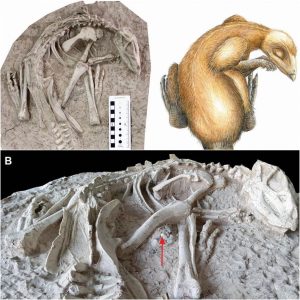
The Qasr al-Farid, also known as the Lonely Castle, is a stunning example of the workmanship of the Nabataean Kingdom. Located in the north of Saudi Arabia, this tomb dates back to the 1st century AD and was built by the same people who built the iconic al-Khazneh in Petra, Jordan. Despite its magnificence, the Qasr al-Farid remains largely unvisited, making it a hidden gem waiting to be discovered.

The Nabataean Kingdom controlled the Incense Route, which passed through the Arabian Peninsula, and as a result, they grew incredibly wealthy and powerful. The Qasr al-Farid, along with 110 other monumental tombs scattered throughout the landscape of Madâin Sâlih, is a testament to the wealth and social status of the people who commissioned them. Of the 111 tombs, 94 of them are decorated, showcasing the artistic abilities of the Nabataeans.
The Qasr al-Farid stands out from the other tombs in Madâin Sâlih due to its isolated location and the fact that it was never completed. Despite being named the Lonely Castle, it was actually a tomb, and it is believed that the monument was fashioned from the top down. The tomb is reported to be four stories high, and its façade has four pilasters on each side, which is unusual for Nabataean tombs. This suggests that the owner of the tomb was an immensely wealthy and important individual in Nabataean society.
The Nabataean Kingdom was originally a nomadic tribe, but they began building great settlements and cities about 2,500 years ago. Along with their agricultural activities, they developed political systems, arts, engineering, stonemasonry, astronomy, and hydraulic expertise, including the construction of wells, cisterns, and aqueducts. Their most famous city, Petra, remains a popular tourist destination to this day.

By the 3rd century AD, the Incense Route was in decline due to the political and economic crisis faced by the Roman Empire. Many of the towns along the trade route, including Madâin Sâlih, were affected by the deterioration in trade. During this time, Madâin Sâlih shrank into a small village, which is in stark contrast to its heyday during the Nabataean period. Despite the decline, the Qasr al-Farid and the other tombs built by the Nabataeans stand as a testimony to the greatness that Madâin Sâlih once was.
In 2008, Madâin Sâlih was inscribed by UNESCO as a World Heritage site, highlighting the importance of preserving and promoting the cultural heritage of this ancient kingdom. While the Qasr al-Farid may be largely unvisited, it remains an important part of the Nabataean legacy and a reminder of their incredible accomplishments. Anyone interested in history, architecture, or art would find this monument a must-see on their list of places to visit.





Facebook Comments Box
